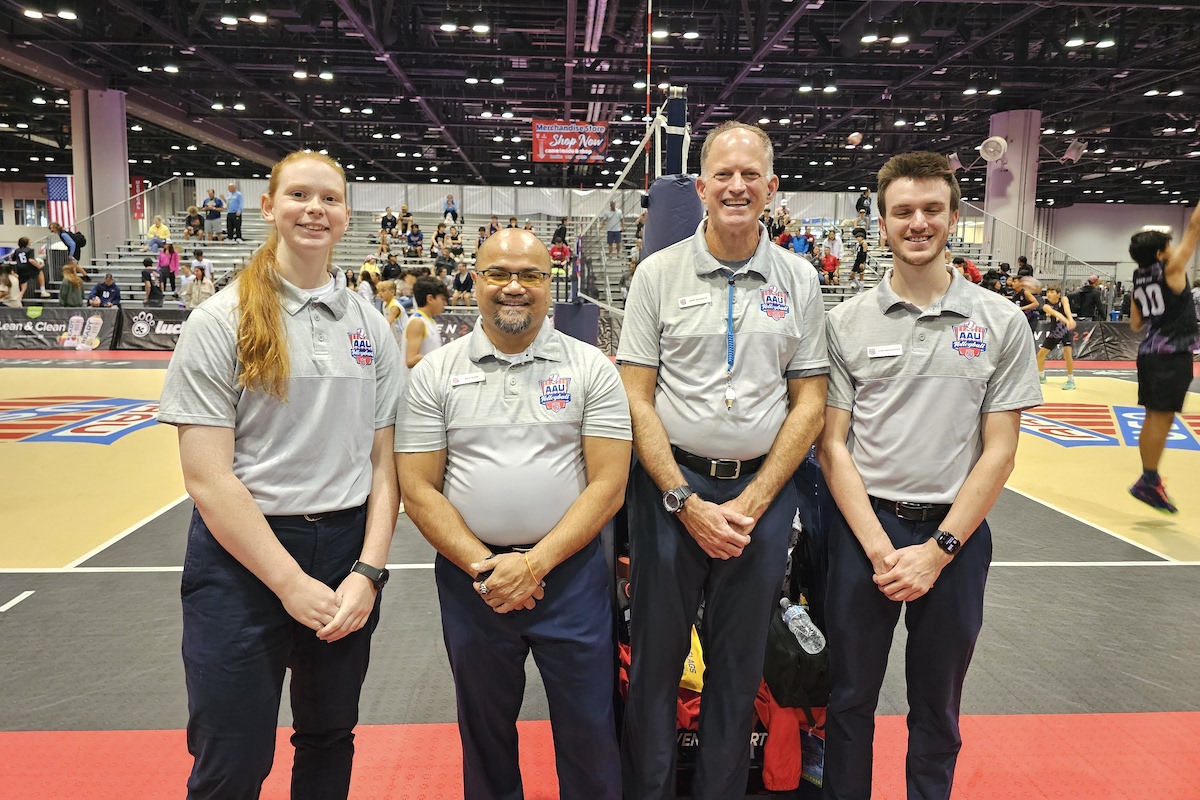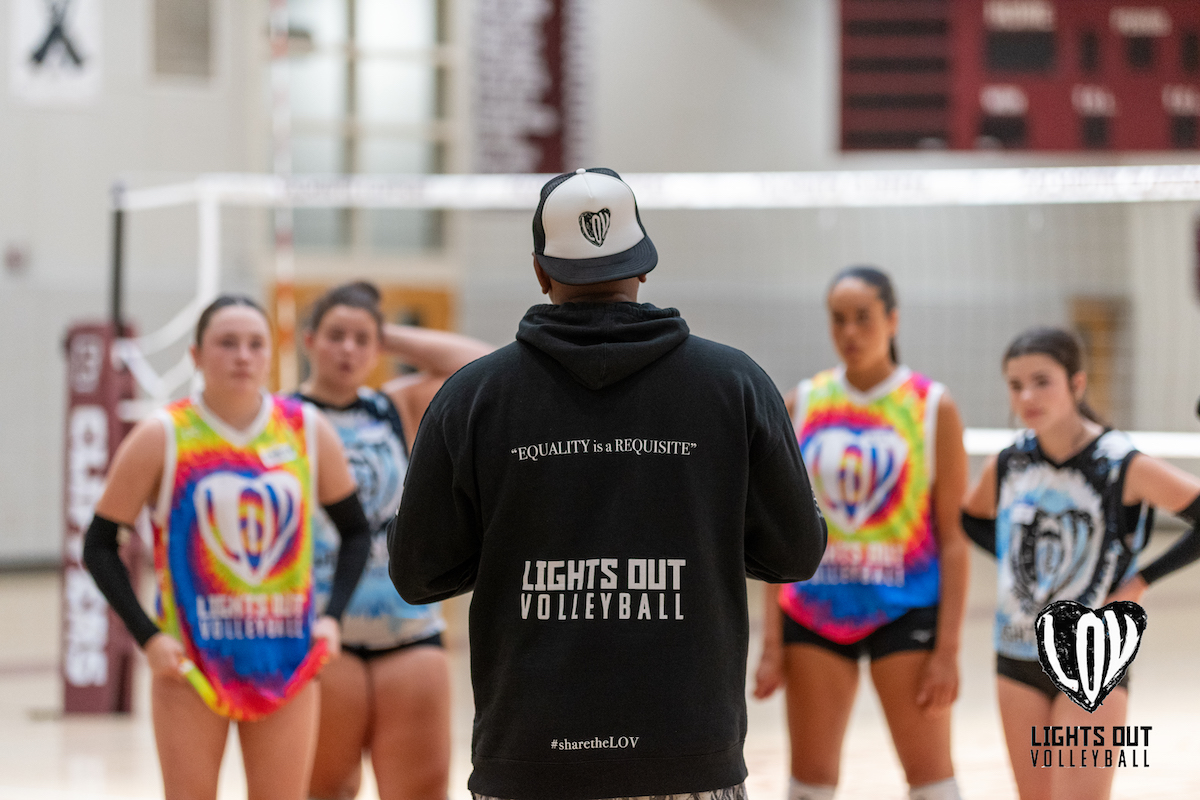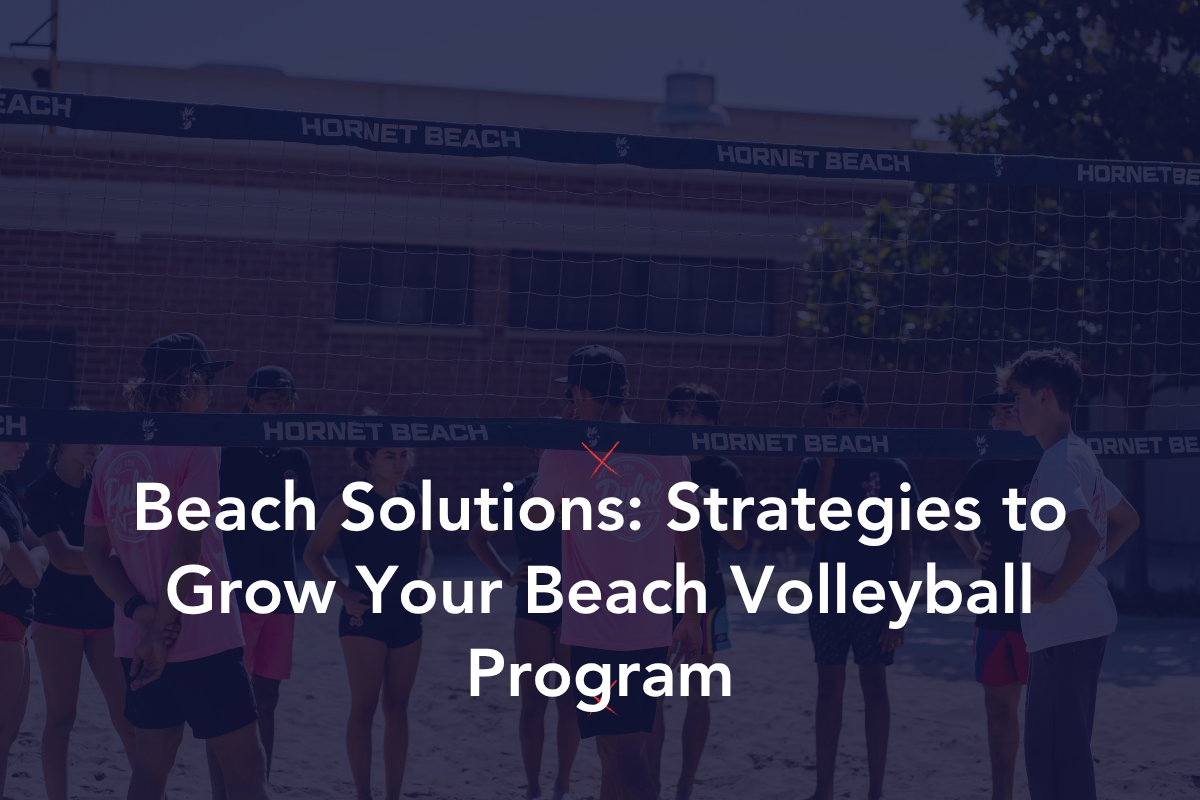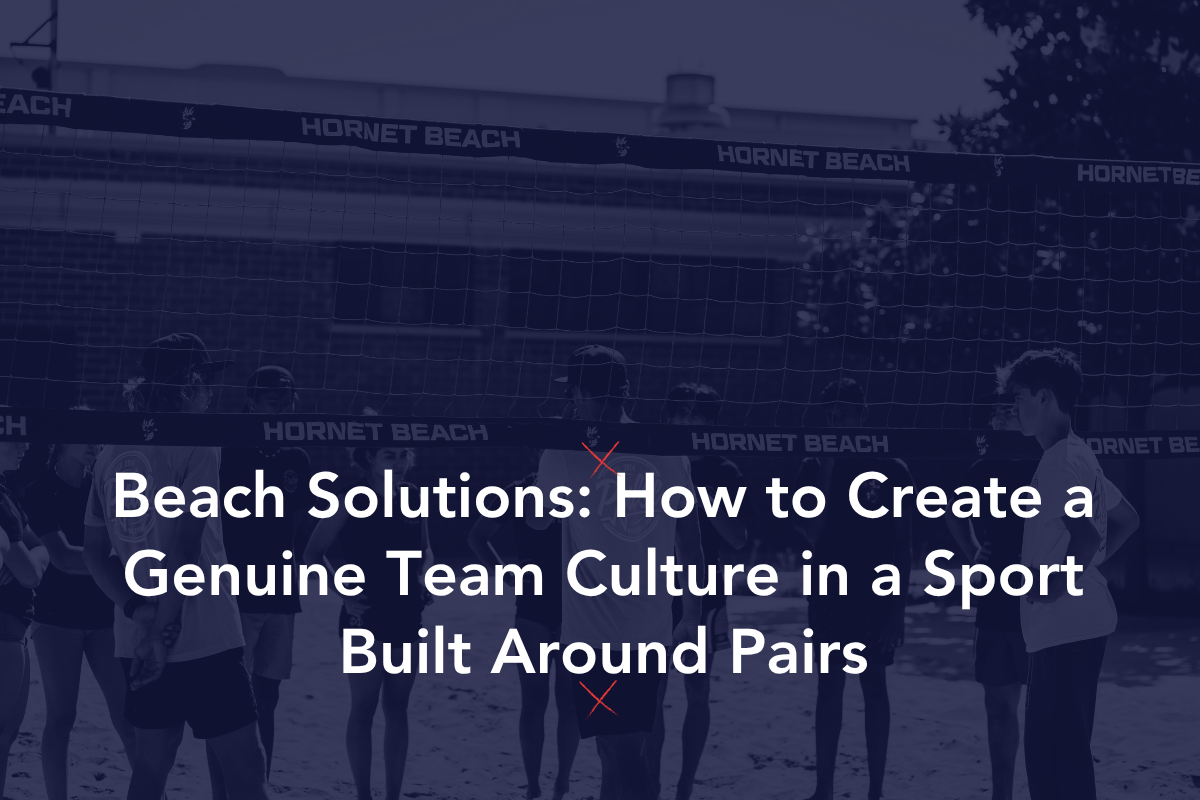Reading through Gabor Mate’s latest book, Myth of Normal, he speaks of a relational poverty where our interpersonal connectedness is at an all-time low. It is common to be surrounded by so many people and yet feel so alone. This social poverty creates the increasing need for an emotional connection that is both psychologically safe for us and meaningful in relation to each other. We need this so much that often we find kids suppressing, shaming, and guilting parts of themselves in order to fit-in with their peers. Starting with Generation Z, we have Generations that are growing up completely in a digital environment (Gould et al., 2019) that lack significant face-face interaction despite needing quality connection to survive. While Gen Z are highly connected, averaging roughly around 100 text messages per day, they report record amounts of depression, anxiety, and loneliness.
What has been wonderful to see within our sport at a young age is often our athletes just want to play with their friends. Unfortunately, I also see teams who define their success based on their wins and losses and ultimately see their level of connectedness in a linear relationship with their success: teams with more wins seem more connected than teams with less wins. Furthermore, when speaking with coaches, I often hear about their team success described through a dichotomy of either, “up” or “down”; that they either have an amount of “energy” that allowed them to win, or a “lack of energy” leading to an eventual loss.
It has been interesting to speak with our teams about what it is they think causes an energetic “low” or “high” and how prevalent they feel it is to their success. Often athletes:
- Play to the demeanor of their coach – If the coach is “up”, they are “up”, if the coach feels like they are in contrast “down”, the team is also “down”.
- Play to the demeanor of their favorite players – often this is the player who socially is the most well-liked. If they are playing well and in high-spirits, so does the rest of the team.
- Play to the demeanor of the player who they perceive is their “best” player – oftentimes this is the player that is getting the most kills/aces/blocks as they happen often and directly contribute to points on the board.
- Play to the expectation of the perceived level of parental support from the sidelines. If they feel the parental “glares” they may withdraw and play safely. If they feel they are supported, they may play more openly and be prone to taking calculated hrisks.
It is then common for the solution to become: Communicate/cheer/celebrate more to “keep the energy up/going”. In turn, we are instructing our athletes to treat the entire group as one big “energy entity” that rises and falls as a unit throughout the entire match. Turns out, Volleyball teams (despite their cohesiveness) can quite often be characterized as “enmeshed” wherein everyone is carrying each other’s feelings and trying to meet each other’s needs so much they are losing touch with their own needs.
So, I ask:
- Do we all need to feel and be energized like one another during the match and in practice for the team to be successful?
- How do I continue to perform well if I recognize I have “toxic” teammates dragging us down?
Where is your Sweet Spot?
Sport psych literature has extensively covered the relationship between stress and performance and attempted to describe a level of activation an athlete must achieve in relation to all other factors external to them to perform consistently at their peak. At some point, we have all felt the slow-start of an early AM match or the after-lunch lull. It can be draining to try and keep everyone on the same page regarding their level of performance as a unit.
What may help you as coaches is to recognize that the individual readiness of each athlete is what contributes to the team’s “readiness” to compete. Paying attention to how athletes need to individually psych themselves up or trust themselves in stressful situations will ultimately help the team move in the same direction towards success. Conversations that can happen with athletes pertaining to their nutrition, warm-up/cool-down, sleep patterns, and outside stressors can help them recognize the factors affecting their readiness to compete. Some athletes need a low amount of activation to achieve peak performance, others a high amount, and the rest somewhere in-between. Begging your athletes to “have more/less energy” will push them outside of their zone of peak performance. Encourage everyone to find their sweet spot and task them with managing that level for themselves before, during, and after play as well as coming up with team warm-up activities that help each player engage with each other before they play.
Mirror Neurons and Boundaries
As it is a developmental milestone to recognize that your emotional climate is unconsciously influenced by the emotional climate of those around you, developing the ability to set and stick to your own boundaries can help you perform despite someone else’s emotional responses. You may even find the capacity to support them if/when they need it during training and your matches. Studies suggest that we possess “mirror neurons” which fire when we observe actions and behaviors of those around us that allow us to grasp new skills, acquire knowledge, and form deep emotional connections (Penagos-Corzo et al., 2022; Cook et al., 2014).
I often talk with players and recognize that they are feeling doubt and are in low esteem despite their stellar play because someone on the team is not playing well and experiencing doubt, anger, frustration, etc. These players who carry the emotional weight of someone else often feel responsible for how that other player is managing themselves and want to intervene. While it is crucial for your athletes to open themselves up emotionally to their teammates in order to develop strong, meaningful connections that can help their play, they may start to identify with each other’s emotional climate instead of maintaining a boundary for their own. How someone manages their emotions is their responsibility no matter how it affects the group’s performance. Athletes who can create a boundary to recognize that they do not need to feel responsible for how someone is feeling, playing, and behaving will help them perform independently of each other to contribute to the team’s overall success.
References:
Cook, R., Bird, G., Catmur, C., Press, C., & Heyes, C. (2014). Mirror neurons: From origin to function. The Behavioral and Brain Sciences, 37(2), 177–192.
Gould, D., Nalepa, J., & Mignano, M. (2019). Coaching generation z athletes, Journal of Applied Sport Psychology.
Penagos-Corzo, J. C., Cosio van-Hasselt, M., Escobar, D., Vázquez-Roque, R. A., & Flores, G. (2022). Mirror neurons and empathy-related regions in psychopathy: Systematic review, meta-analysis, and a working model. Social Neuroscience, 17(5), 462–479.
View the Coaching Mental Performance Series
View more mental training resources
About the Author
Rob Samp is the Mental Performance Coach for MOD Volleyball, a JVA member club in Chicago, Illinois. He currently holds the title of LPC within the State of Illinois, utilizing EMDR and Brainspotting to work with complex PTSD, Depression, and Anxiety around Cook County, IL. He is a Certified Mental Performance Consultant”, CMPC through AASP.
Samp has nearly a decade of coaching experience at the junior and collegiate level. He is grateful to be continuing his pursuit for facilitating performance excellence within MOD, as well as the universities around the Chicagoland area. Click here for Samp’s contact information and website.










